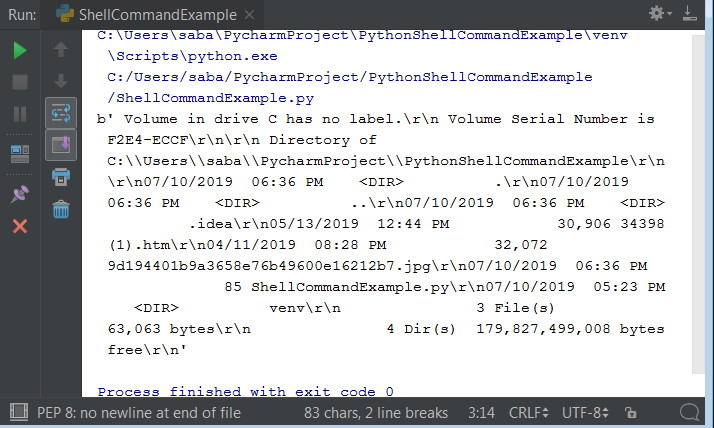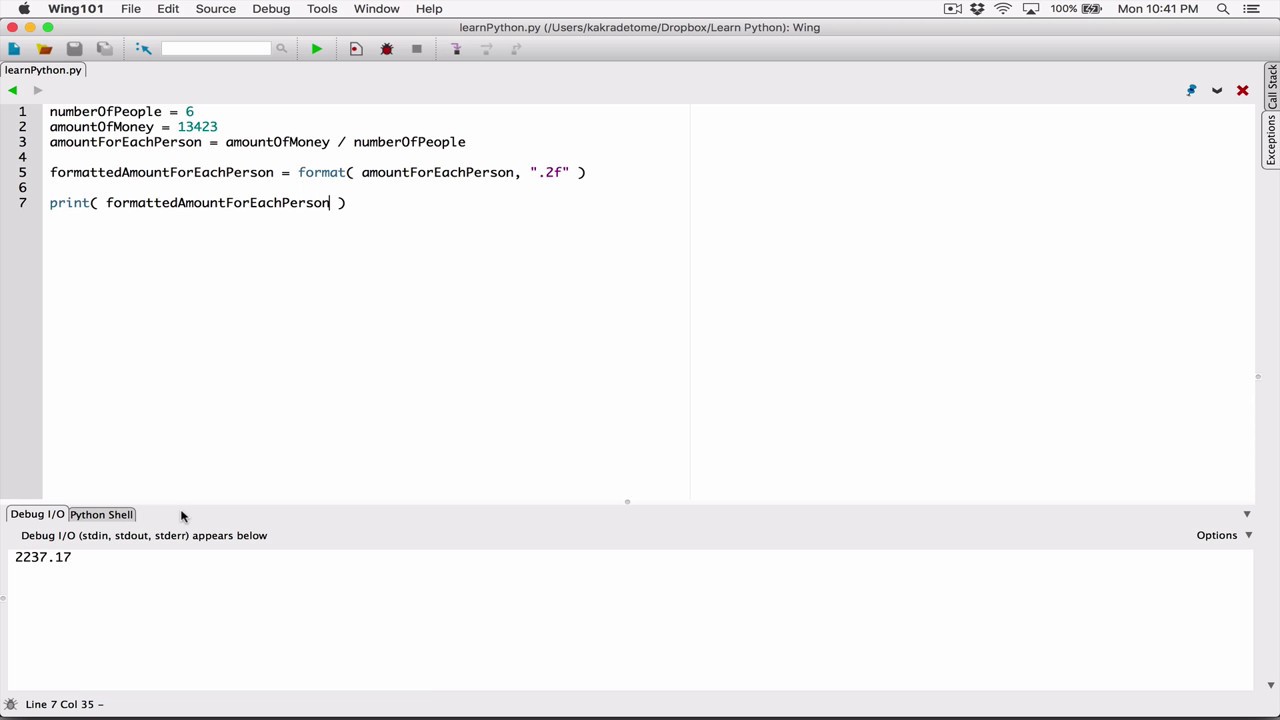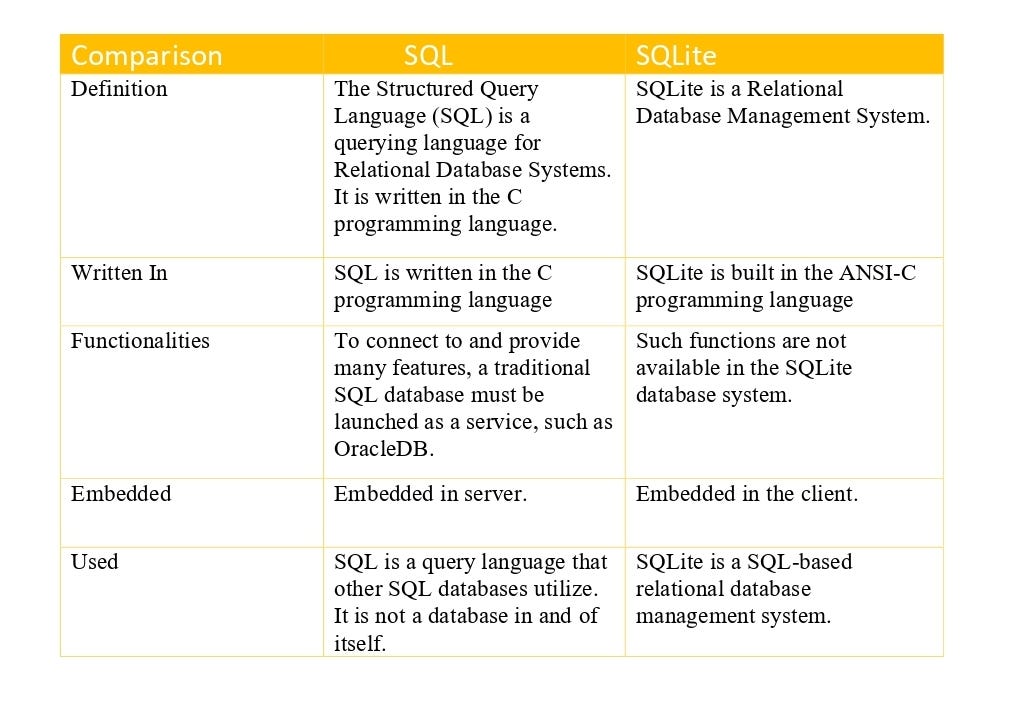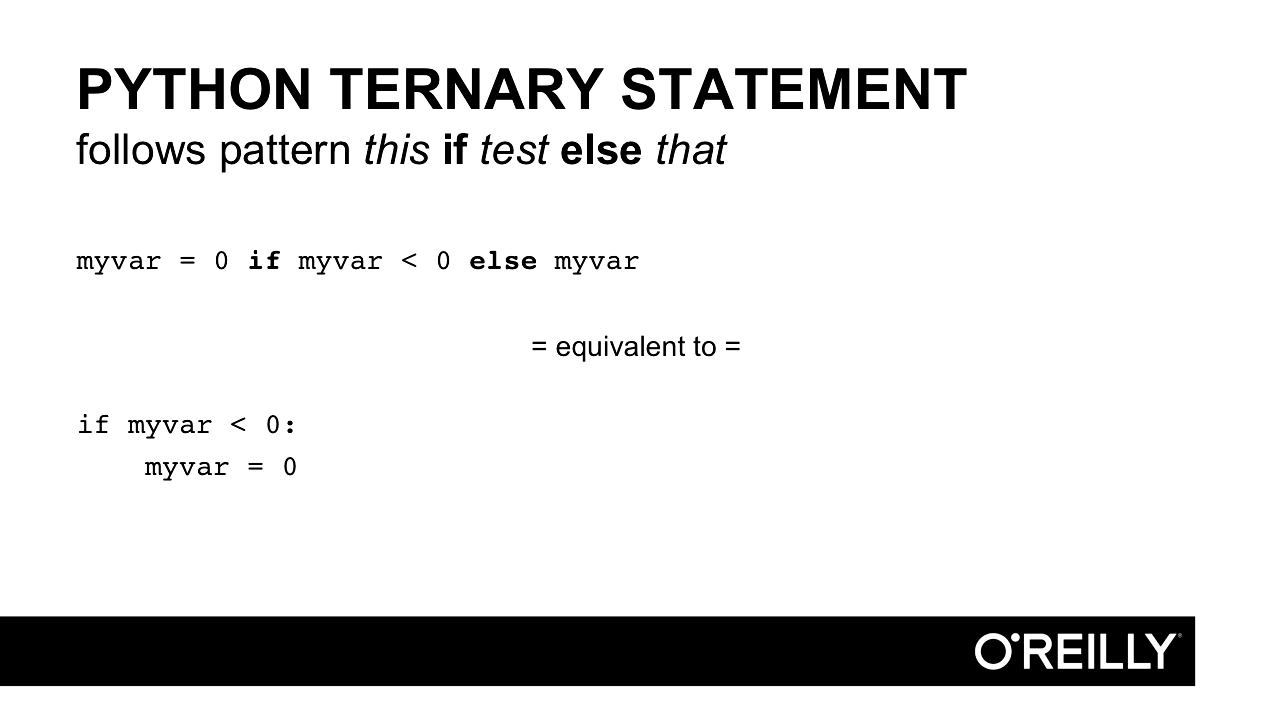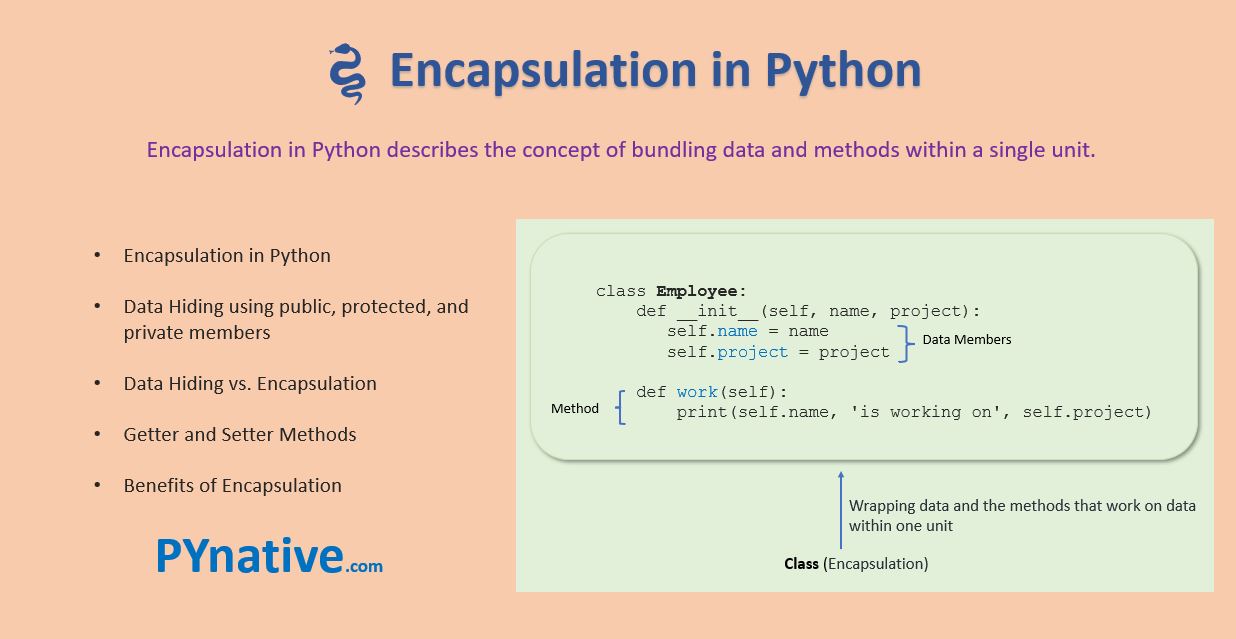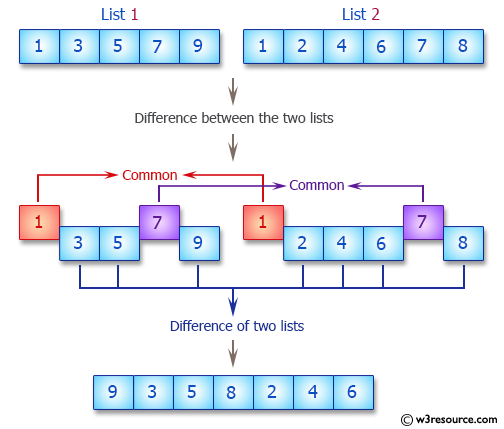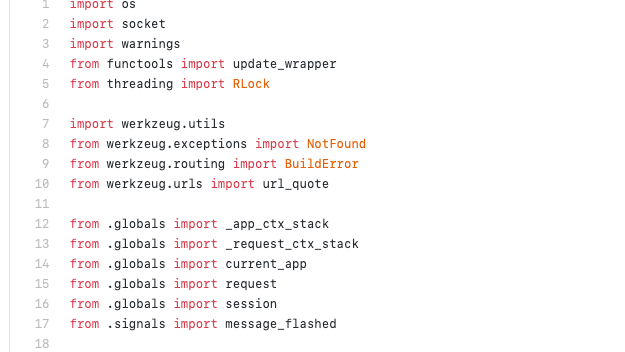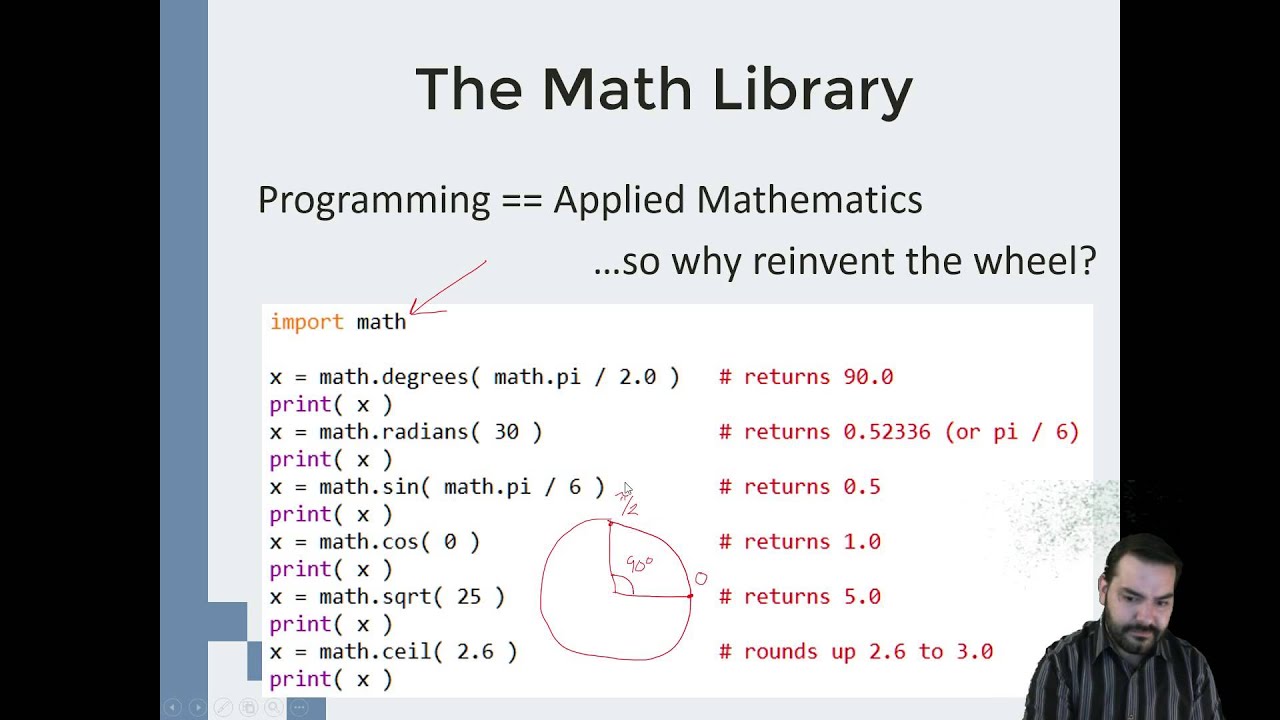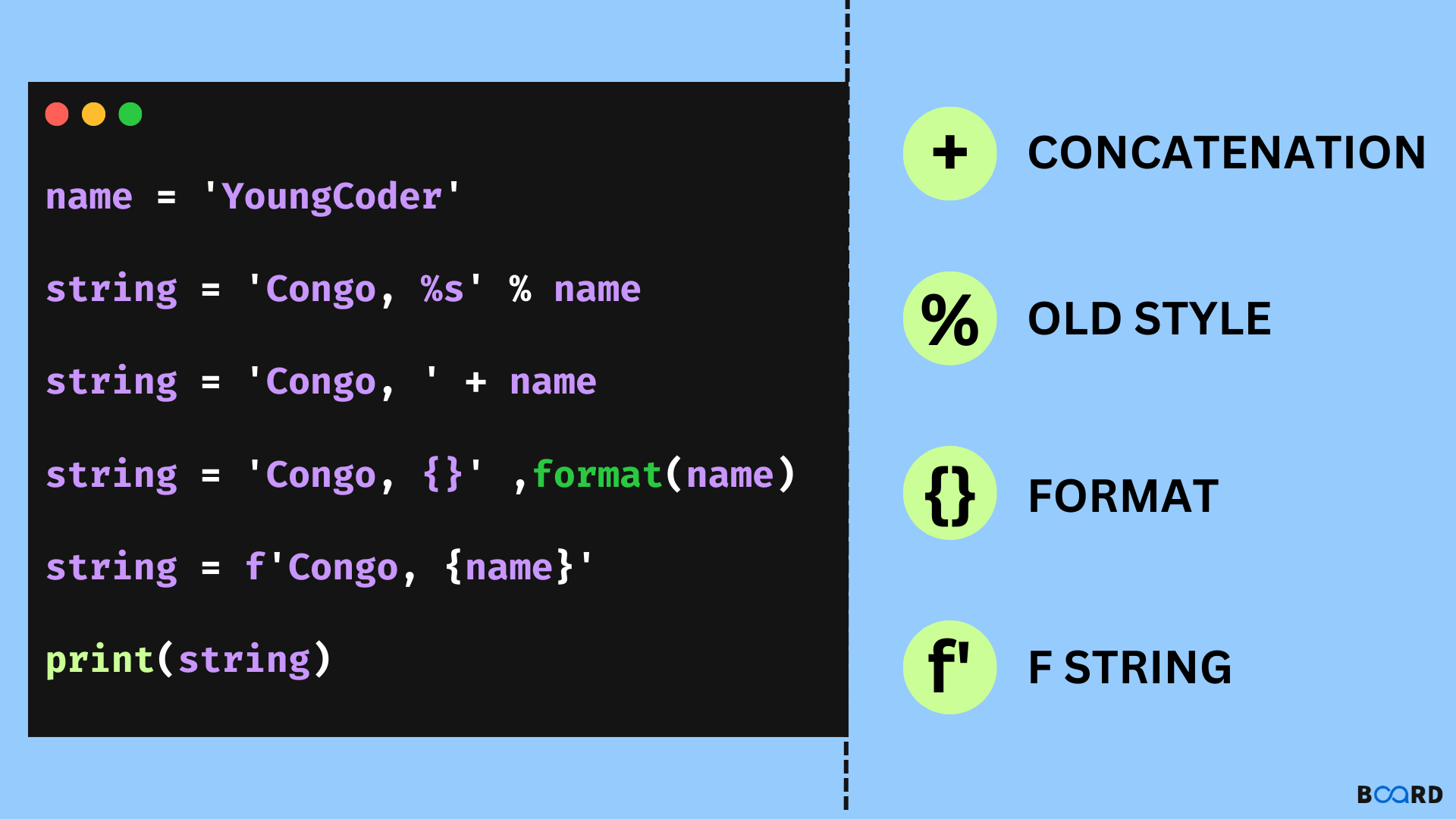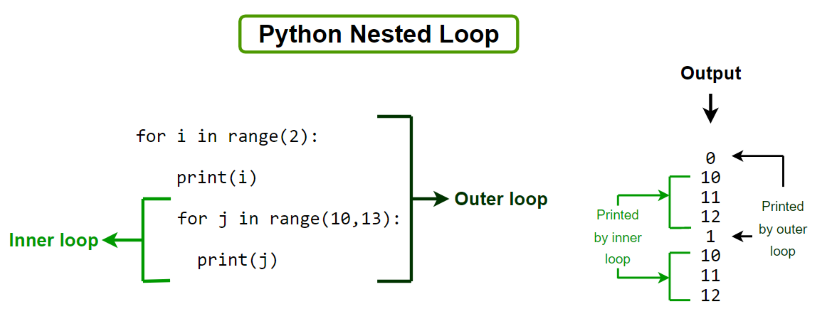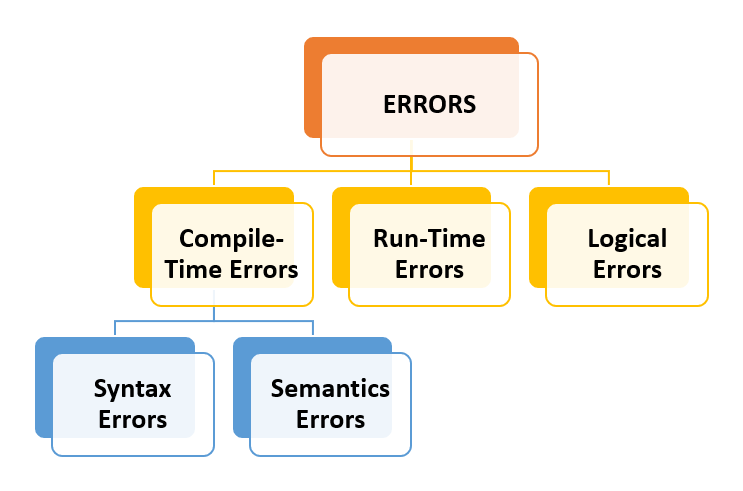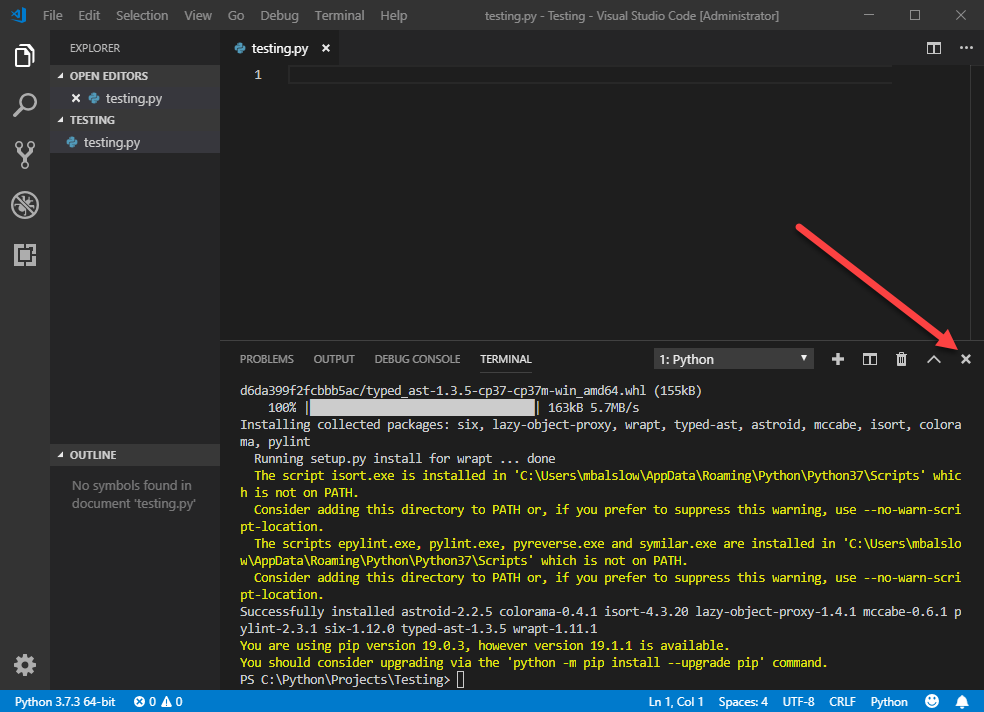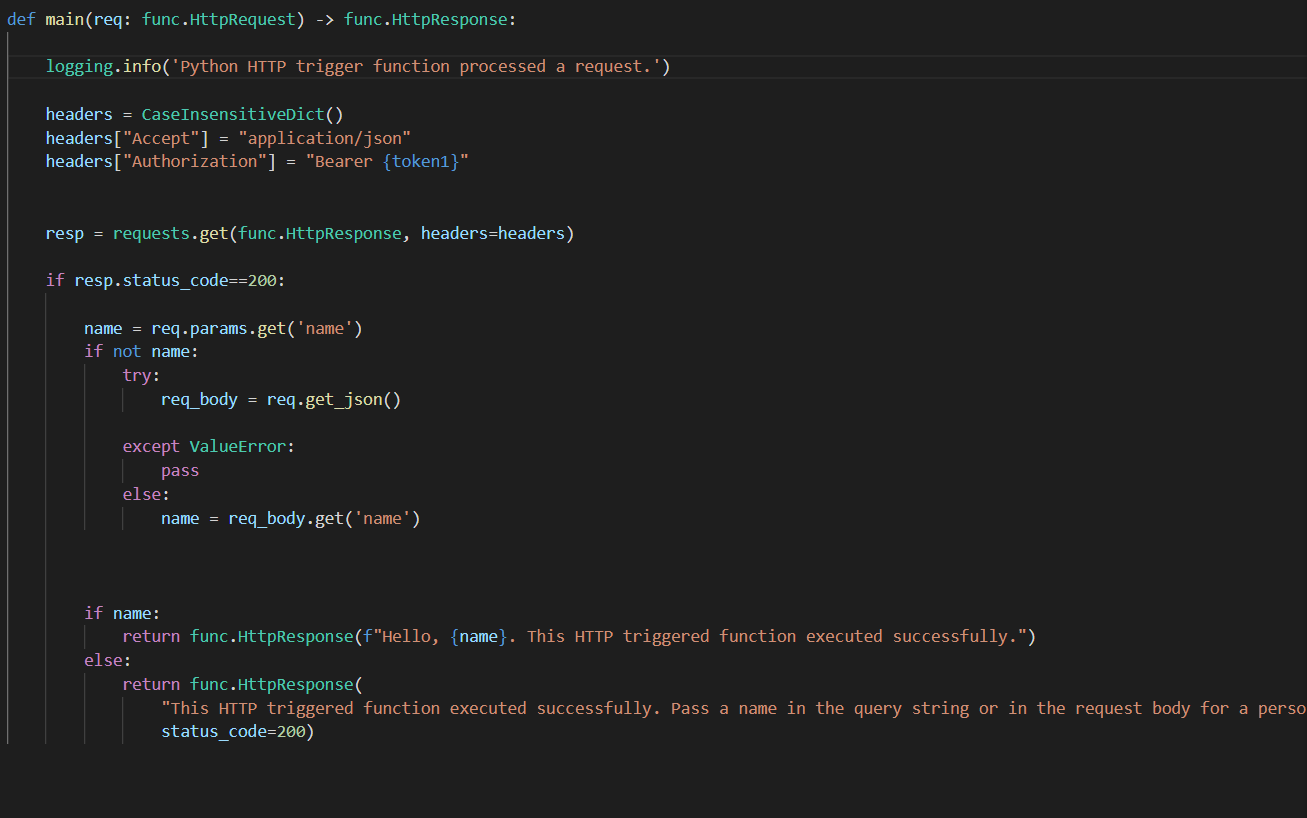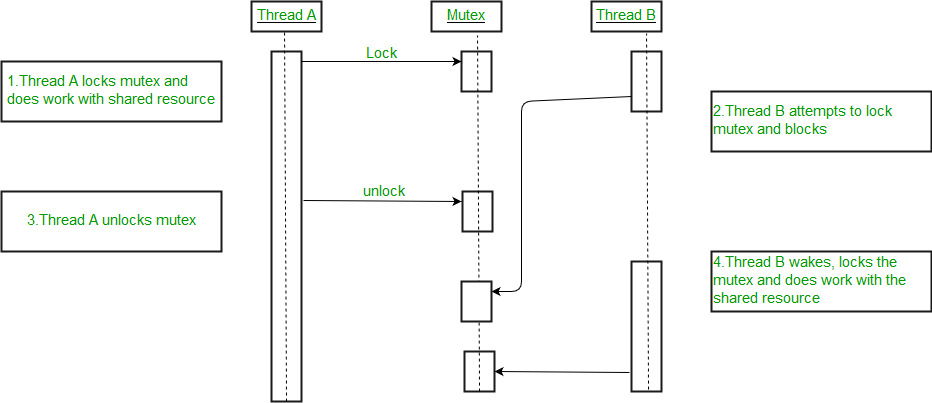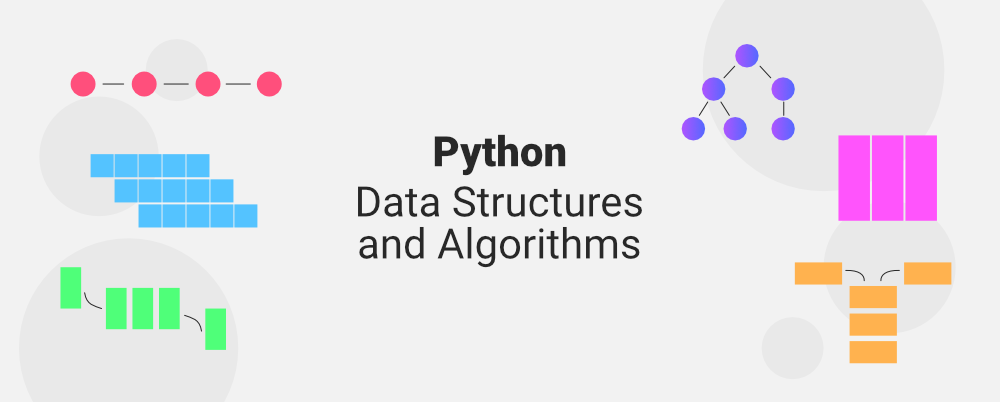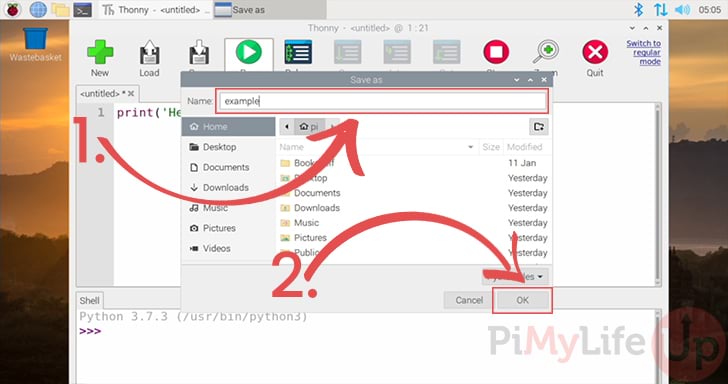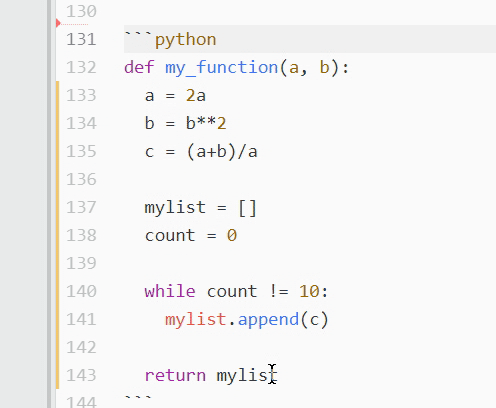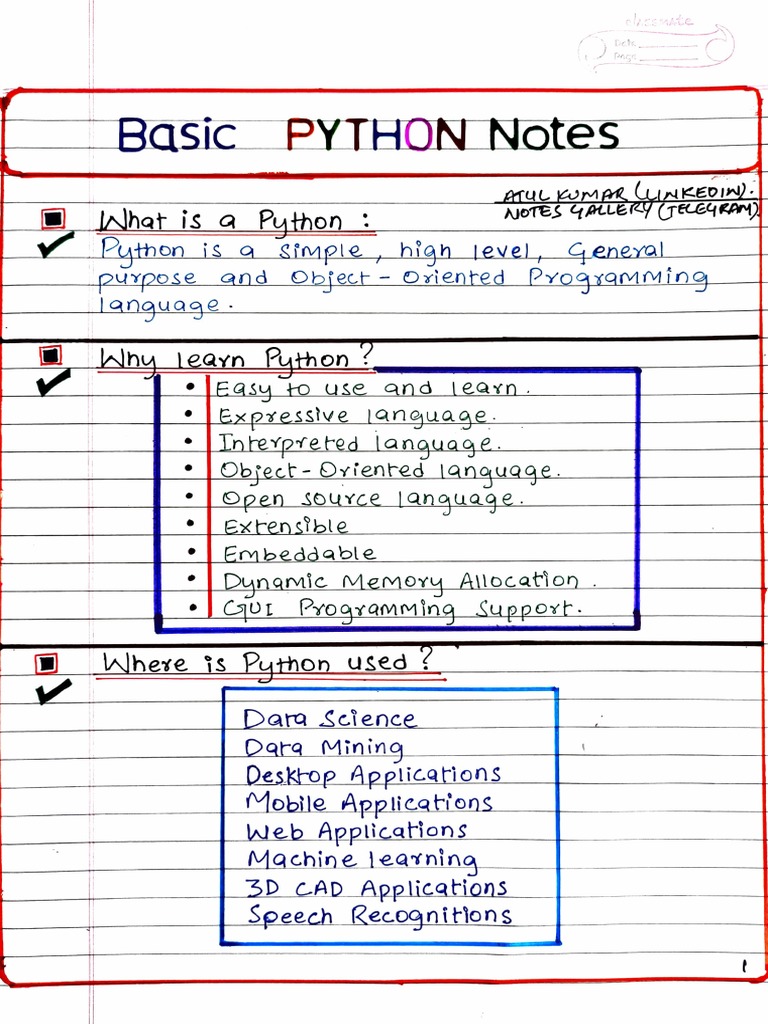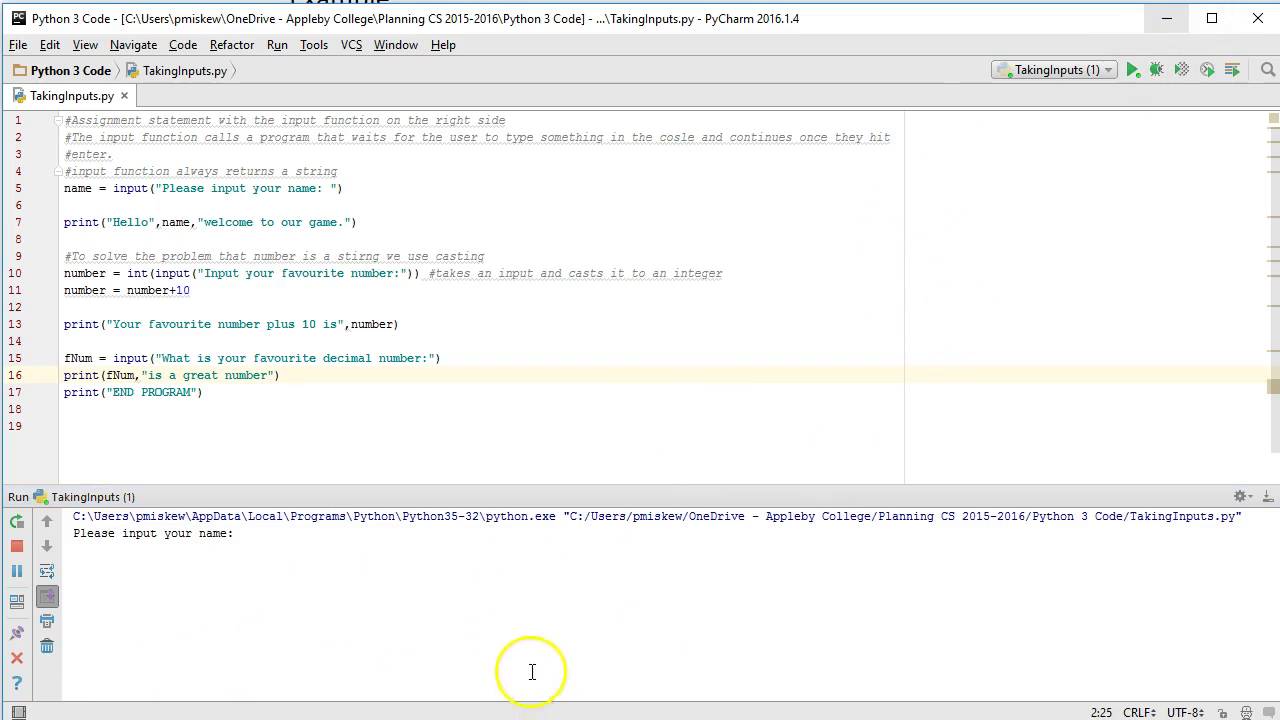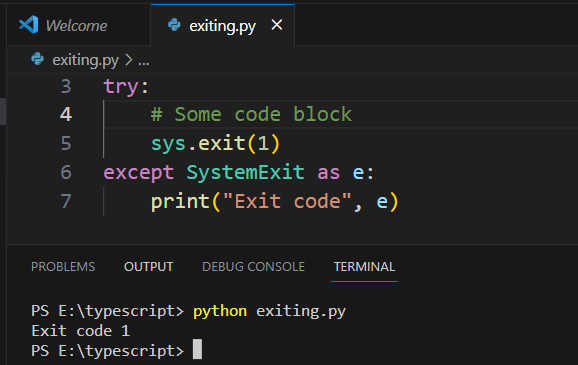python singleton variable
python singleton variable
The Singleton design pattern!
In Python, implementing a Singleton class is quite straightforward. The idea behind the Singleton pattern is to ensure that only one instance of a class can be created, and provide global access to this instance.
Let's dive into the code!
Here's a basic implementation of a Singleton class in Python:
class Singleton:_instance = None
def new(cls):
if cls._instance is None:
cls._instance = super(Singleton, cls).new(cls)
return cls._instance
def init(self):
if not hasattr(self, 'initialized'):
self.initialized = True
Initialize the instance here
Let's break it down:
_instance is a class variable that keeps track of the single instance. It's initialized to None. The __new__ method is responsible for creating and returning the instance. If an instance has not been created yet, it creates one using the parent class's __new__ method (which calls the constructor). Otherwise, it returns the existing instance. The __init__ method initializes the instance when it's first created. It sets a flag (initialized) to indicate that initialization is complete.
Now, let's test our Singleton:
s1 = Singleton()print(s1) # <main.Singleton object at 0x7f9d6e9e4b80>
s2 = Singleton()
print(s2 is s1) # True
Try to create another instances3 = Singleton()
print(s3 is s1) # True (because it's the same instance)
Initialize an attribute on the instances1.some_attribute = "Hello, World!"
print(s2.some_attribute) # "Hello, World!" (shared instance)
As you can see, s1 and s2 are the same instance, and any modifications made to s1 affect s2. This is because we've implemented a Singleton!
To further illustrate the Singleton's behavior, consider this:
class MySingleton:_instance = None
def new(cls):
if cls._instance is None:
cls._instance = super(MySingleton, cls).new(cls)
return cls._instance
def init(self):
pass
s1 = MySingleton()
print(s1) # <main.MySingleton object at 0x7f9d6e9e4c50>
s2 = MySingleton()
print(s2 is s1) # True
In this example, we have two separate Singleton classes (Singleton and MySingleton). Despite being different classes, they share the same instance!
Best Practices
When implementing a Singleton in Python:
Use the__new__ method to ensure that only one instance is created. Initialize the instance when it's first created (in __init__). Don't forget to set the _instance class variable to keep track of the single instance.
Common Pitfalls
When implementing a Singleton in Python:
Don't useglobal variables, as they can lead to naming conflicts and unexpected behavior. Be careful when using exec() or similar functions, as they can modify the Singleton's state unintentionally. Avoid using mutable objects (e.g., lists, dictionaries) as attributes on the Singleton instance, as they can be modified unexpectedly.
By following these best practices and avoiding common pitfalls, you'll be well on your way to creating robust Singleton classes in Python!
python singleton library
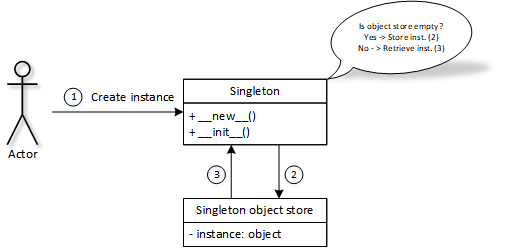
I'd be happy to help you with that! However, please note that I'll respond in English as per your request.
A Singleton library is a software design pattern that ensures a class has only one instance and provides a global point of access to that instance. Here's a brief overview:
What is a Singleton?
A Singleton class is designed to have exactly one instance. This means that no matter how many times you try to create an object from the class, you'll always end up with the same single object.
In Python, we can implement this pattern using a combination of the __new__ method and the Threading module (for multi-threading support).
Why Do We Need Singletons?
Singletons are useful when:
Resource Conservation: You want to conserve system resources by having only one instance of a resource-intensive object. Global Access: You need to ensure that a specific class has only one instance, and you can access it globally.Python Singleton Library: python-singletone
Here's an example library I've created to demonstrate how to implement the Singleton pattern in Python:
import threadingclass SingletonMeta(type):
_instance = {}
def call(cls, *args, **kwargs):
if cls not in cls._instance:
instance = super().call(*args, **kwargs)
cls._instance[instance] = True
return next(iter(cls._instance))
class Singleton(metaclass=SingletonMeta):
pass
Usage example:def main():
s1 = Singleton()
s2 = Singleton()
if id(s1) == id(s2):
print("Only one instance exists.")
else:
print("Two different instances exist.")
if name == "main":
main()
Key Takeaways:
TheSingletonMeta class serves as the metaclass for our Singleton class, ensuring that only one instance is created. The Singleton class itself has no specific implementation; it's just a placeholder to demonstrate the pattern. In the main() function, we create two instances of the Singleton class: s1 and s2. Since they're actually the same object (due to the Singleton pattern), comparing their IDs will reveal that id(s1) == id(s2).
Real-World Use Cases:
In real-world applications, you might want to use Singletons for:
Database connections Loggers Caches Configuration settingsBy using a Singleton library in Python (like the one above), you can ensure that critical system resources are properly managed and shared across your application.
I hope this explanation helps!

